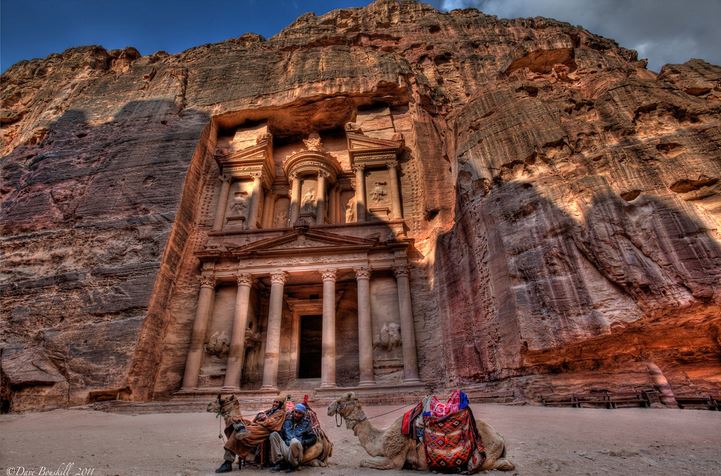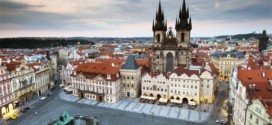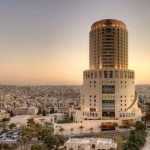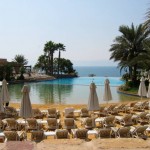
The ancient Nabataean city of Petra has often been called the eighth wonder of the ancient world , it looks unreal because its almost impossible to imagin how much time, effort and skill went into the creations of the stone city. The cliff buildings of Petra were sculpted by the Nabataeans, an Arab tribe that flourished from around the 4th century BC to 106 AD, when the Romans took control. They were remarkable engineers who constructed a sophisticated pipe-and-tunnel water system to bring in drinking water and keep out flash floods.
Petra was one of the most easy to defend cities of the ancient world. Its leaders became rich through trade and good water management , Petra”s glory days were in the century before Christ”s birth. When Rome annexed it in the second century, Petra had about 30,000 residents.
The Petra basin boasts over 800 individual monuments, including buildings, tombs, baths, funerary halls, temples, arched gateways, and colonnaded street, Many of buildings in Petra are tombs. One of Petra”s mysteries is that no bodies have ever been found there.
Some of the tombs have colorful interiors. Splashes and swirls of magenta, midnight blue and ocher create pictures on the walls and ceilings that rival paintings in the finest museums. But the “masterpieces” are solely due to the natural colors of the sandstone.
Christianity found its way into Petra in early times; Athanasius mentions a bishop of Petra (Anhioch. 10) named Asterius; at least one of the tombs (the “tomb with the urn?”) was used as a church; an inscription in red paint records its consecration “in the time of the most holy bishop Jason” (447). The Christianity of Petra, as of north Arabia, was swept away by the Islamic conquest of 629 – 632. Under the Kingdom of Jerusalem Petra was occupied by Baldwin I and formed the second fief of the barony of Kerak (in the Lordship of Oultrejordain) with the title Château de la Valée de Moyse or Sela; it remained in the hands of the Franks till 1189; fragments of the Crusaders citadel are still standing near the High-place on en-Nejr.
The ruins of Petra were an object of curiosity in the middle ages and were visited by the Sultan Bibars of Egypt towards the close of the 13th century. The first European to describe them was Johann Ludwig Burckhardt (1812). All former descriptions are now superseded by the magnificent work of Brünnow and Domaszewski, Die Provincia Arabia (1904), who have minutely surveyed the whole site, classified the tombs, and compiled the accounts of earlier investigations; and by the independent researches of Dalman, Petra und seine Felsheiligtühmer (1908), and of Musil, Arabia Petraea (1907-1908). The Corpus Inscr. Sem. ii. 305 sqq., should be consulted, and the descriptions in Baedeker-Socin””s Palestina (7th edition), and Revue biblique for 1897, 1898, 1903.
You may also like:
 Sakura Travel World Group
Sakura Travel World Group









